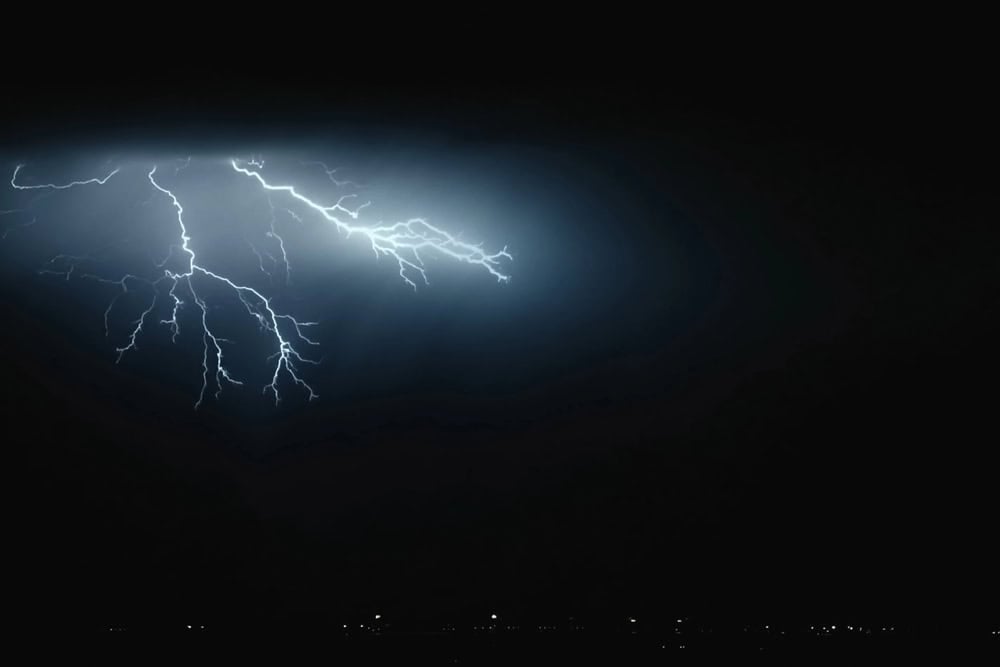Lightning strikes are among nature’s most powerful phenomena, revealing the raw energy contained within our planet’s atmosphere. Beyond their immediate and often destructive impact, some strikes have had lasting effects on human events, altering the course of history in unexpected ways. In this article, we will delve into ten instances where lightning strikes have played a crucial role in shaping the world as we know it today.
The Birth of Electricity Understanding
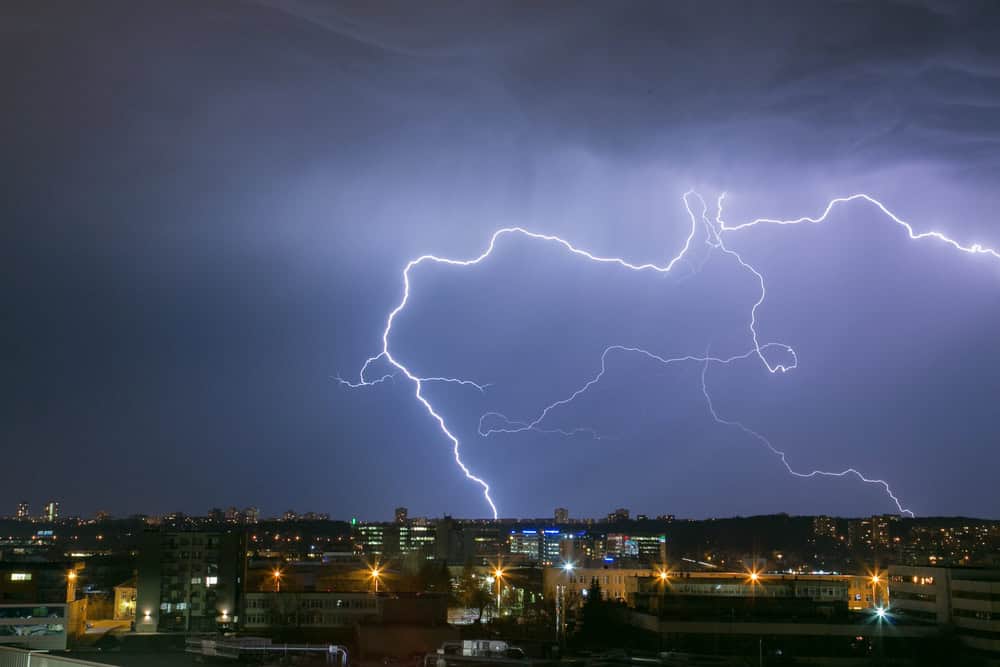
The mid-18th century marked a turning point in our understanding of electricity, largely due to a lightning-related experiment. In 1752, Benjamin Franklin famously flew a kite during a thunderstorm, linking the electric charge in the storm clouds to the ground. This bold experiment proved electrical currents were part of natural phenomena and laid the groundwork for the study of electricity, which has since transformed every aspect of human life.
The Deadly Strike at Camp Randall

During the American Civil War, Camp Randall in Wisconsin served as a training ground for Union soldiers. In 1862, a lightning strike hit the camp, killing two men and injuring several others. This tragic event highlighted the vulnerabilities of military installations to natural disasters, influencing future designs with better safety measures in mind.
St. Elmo’s Fire’s Religious Interpretation

For centuries, the phenomenon known as St. Elmo’s Fire, a form of luminous plasma created by a coronal discharge from pointed objects in a storm, was believed to be a divine sign. Sailors interpreted these glowings on ships’ masts as omens of protection. This interpretation played a role in maritime legend and faith practices, influencing historical seafaring missions and morale.
The Emperor Augustus Sign

The Roman Emperor Augustus considered himself divinely appointed after a lightning bolt struck close to him, killing a servant. This incident, wrapped in symbolism, reinforced Augustus’s aura as a ruler chosen by the gods, which he used to legitimize his reign and strengthen his political power—a tactical move that influenced the Roman Empire’s future.
The Fire of 1807 at the Eddystone Lighthouse

The Eddystone Lighthouse, located off the coast of Devon, England, was struck by lightning in 1807. The resulting fire destroyed the lighthouse, demonstrating the need for lightning protection in such vital structures. This incident prompted innovations in lighthouse construction and safety, leading to the integration of lightning rods and better use of materials.
The Krakatoa Eruption Trigger

In 1883, the catastrophic eruption of Krakatoa was possibly influenced by lightning. As the volcanic eruption shattered the island, numerous lightning storms were observed in the ash clouds. This interaction between geological and atmospheric activities opened new fields of study in volcanology and atmospheric science, advancing our understanding of both phenomena and their interrelations.
The Tanzanian School Tragedy
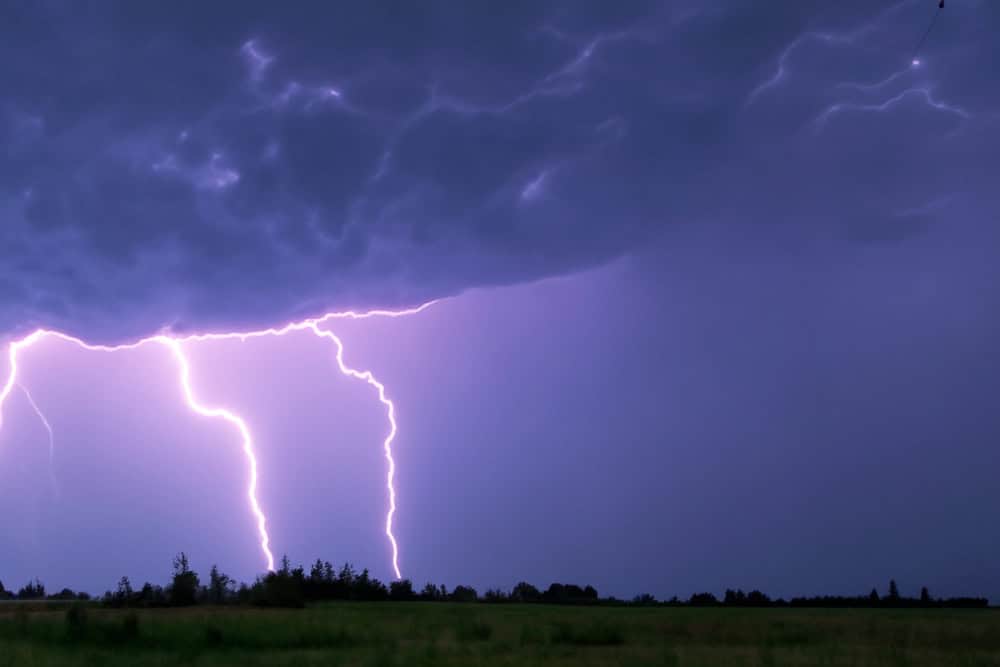
In 2011, a lightning strike hit a Tanzanian school, killing several children. The tragedy led to calls for improved infrastructure and safety measures in schools worldwide, particularly in lightning-prone regions. This incident highlighted the urgent need for effective lightning protection systems in educational institutions.
The Woodstock 99 Incident
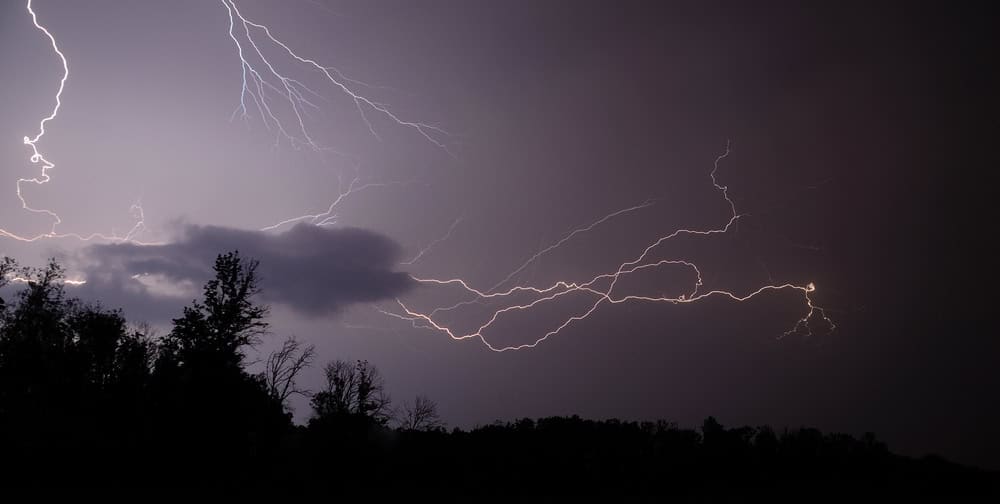
The infamous music festival, Woodstock 99, experienced a major disruption when a storm induced by lightning caused power outages and mud slides. The chaos underscored logistical challenges of large-scale outdoor events and led to changes in how such events are planned, particularly regarding weather contingency plans and crowd safety protocols.
The Launchpad Strike at Apollo 12

In 1969, Apollo 12 was struck by lightning shortly after liftoff. The incident temporarily knocked out power in the command module, testing the astronauts’ resolve and NASA’s contingency planning. The event underscored the importance of robust electrical systems and safety measures in space missions, influencing future spacecraft designs and protocols.
Climate Change Insights from Lightning Data
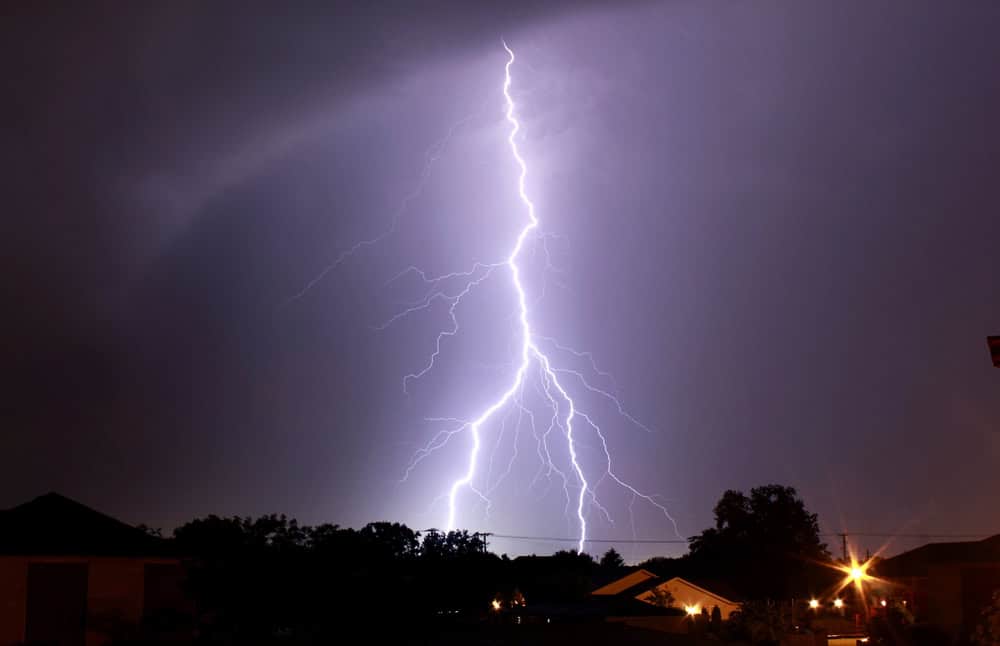
Modern scientific studies using data from satellites have leveraged lightning strikes to track changes in climate. Variations in lightning frequency and patterns provide crucial insights into global warming trends and help predict extreme weather events, enhancing preparedness and influencing policy aimed at climate change mitigation.
The Power of Nature and Human Innovation
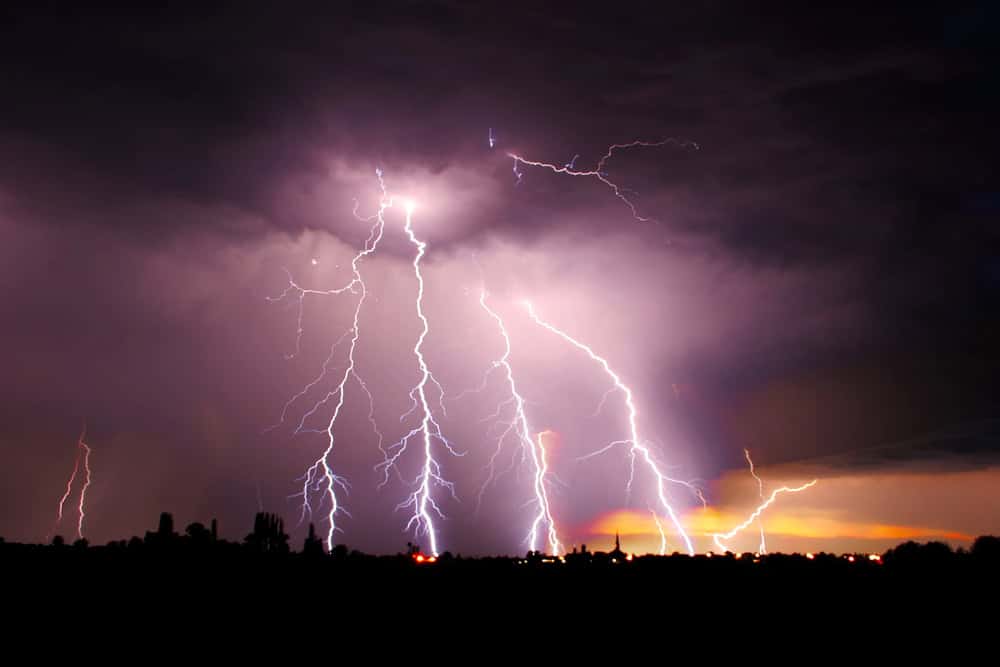
Lightning strikes, while acting as destructive forces of nature, also offer opportunities for human innovation and adaptation. From propelling technological advancements to triggering significant historical and cultural shifts, these electrifying events remind us of the intricate relationship between nature and civilization.
In summary, lightning has not only shaped natural landscapes but has also altered human history in profound and lasting ways. Whether through technological advancements prompted by its destructive power or through myth and symbolism that influenced societies, the impact of lightning on human events is undeniable and continues to be a source of both awe and inspiration.
- 10 Times Lightning Strikes Changed History - August 13, 2025
- Why Sloths Spend Most of Their Lives Hanging Upside Down - August 13, 2025
- Meet the World’s Largest Wolf Ever Recorded – Its Size is Unreal! - August 13, 2025

